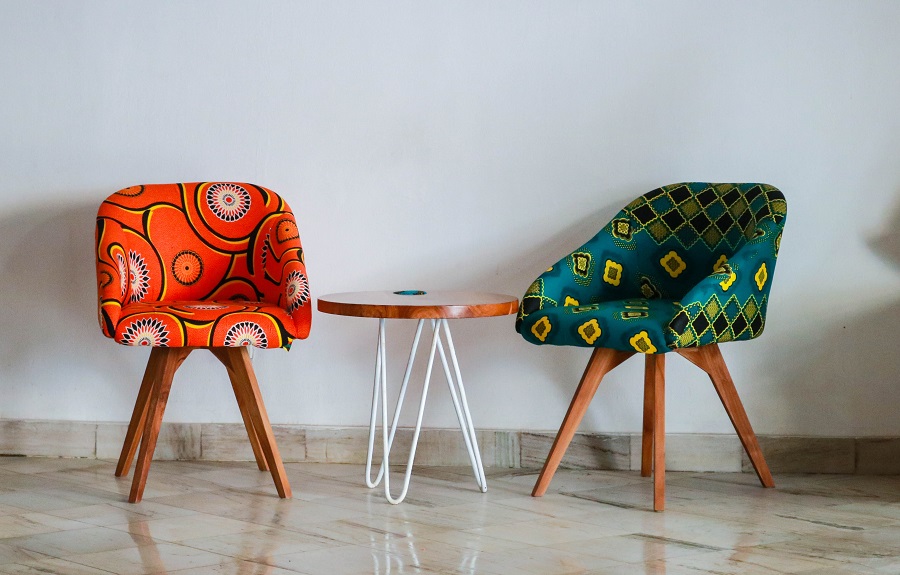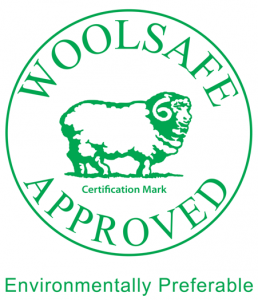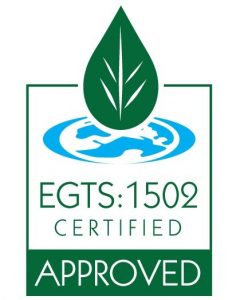25 Oct Viscose Blended Textiles, are they heavy duty?
Heavy Duty Rated Residential or Commercial Upholstery Fabrics
What does this mean and what would your expectations be?
If you are an Interior Designer or furniture specifier, what expectations do you think your clients have of their new furnishings?
You probably presented them with options of fabrics rated from decorative and light domestic through to heavy duty domestic and commercial grade, so if you asked them what their expectations were, the responses would include “it will be hard wearing”, “easy to clean”, “not as susceptible to colour loss or browning”, just to name a few.
These expectation’s are often cited based on knowledge from ratings that are a result of an abrasion test called a Martindale test. This test does not rate a fabric composition’s ability to be cleaned (by the end user or a professional), the ability to resist oil and water based contamination or its ability to resist colour loss from various factors. It also does not test its suitability to be used in everyday situations, it simply rates it’s ability to withstand dry abrasive activity.
What is a Martindale Test?
The Martindale test is a measure of the “durability” of a fabric.
The tests are undertaken in a controlled environment on upholstery fabrics to check their suitability for various uses – i.e. decorative chairs, heavy-traffic areas or commercial furniture. The test is also known as the ‘rub test’, and tests for abrasion resistance.
How does the test work?
The fabric being tested is pulled taut and loaded onto the lower plates of the Martindale machine. Small discs of worsted wool or wire mesh (the abradant) are continually rubbed against the test specimens in a wandering, oscillating circle. The fabric is continually inspected for wear and tear, and the test ends when two yarns break or when there is a noticeable change in appearance.
How do I read a Martindale test result?
Test results are given as a score of 1000’s of rubs or cycles, and the higher the number is, supposedly the more suitable the fabric is for heavier usage. Fabrics are categorised depending on their test results, and most manufacturers/suppliers categorises upholstery usage as follows:
Decorative (less than 10,000 rubs) Recommended for decorative purposes (i.e. cushions and accents). Not recommended for general use.
Light Domestic (10,000 to 15,000 rubs) Recommended for use on furniture that will only receive occasional use.
General Domestic (15,000 to 25,000 rubs) Recommended for use on the main furniture in the house that may be subjected to everyday use.
Heavy Duty (25,000 to 30,000 rubs) Suitable for heavy duty domestic use i.e. use on the main furniture in the house that will be subjected to high levels of everyday use.
Commercial Grade (30,000 plus) Suitable for heavy duty commercial use and heavy duty domestic use. Suitable for all commercial furniture applications and environments.
Occasionally we see within the textile industry opportunities to obtain higher and higher abrasion test results, but in the real world, any results over and above 50,000 have very little noticeable impact. Adding various fibres to upholstery compositions, such as viscose to a polyester fabric, will lift its Martindale test result, thus giving a more durable grading. However adding that viscose composition actually makes this fabric hard to spot clean for the homeowner or housekeeping department in a commercial facility, makes it hard to clean for the commercial cleaner carrying out routine maintenance processes, and even unsuitable for some applications in the average family home.
Fibres and mixed fibre textiles can complicate the world of cleaning and maintaining, and whilst durability reports look amazing, they could be at the detriment of their overall useability.

Direct from Lisa Wagner, the Rug Chick, a second generation rug care expert, NIRC Certified Rug Specialist, and an owner of Blatchford’s Rug Cleaning in San Diego, California, we have an independent report available for download called the “Battle of Viscose”.
Does the Martindale test give a complete picture of how durable a fabric is?
The Martindale test has a major flaw. It is meant to duplicate the wear and tear placed on a fabric from the abrasion that occurs as we sit on the lounge suite or chair. Given that the test is done on clean, dry fabric, it does not account for moisture from sweaty backsides or spills of beer or coffee.
Viscose fibres from any source may lose much of their strength, up to 70% when wet. So a dry test will not simulate the effects that can occur in real life.
A fabric that contains viscose may perform differently if placed in real life situations where sweat, humidity and spills may weaken the integrity of the viscose fibres in particular.
Fortunately the application of Fiber ProTector by PSP will improve the durability of all fabrics, especially compositions that contain viscose. Fiber ProTector is the worlds most effective and environmentally friendly textile treatment process, and is also tested annually by the Woolsafe organisation in London.
Your clients have entrusted you to give them the best advice and create a wonderful USEABLE space in their home or commercial facility, and Fiber ProTector by Premium Surface Protection is the best partner to ensure textiles will be supported, protected and last much longer.
For ease of quoting and raising queries, we have a Trade Support page which includes easy to fill out Quote Request forms and EOIs for your next project.



Need more information?
We have professional teams on standby available to answer any question you have and Service Applicators to apply the Fiber ProTector textile protection system on any size commercial area or surface needed. Call us on 1800 189 907, or get in Contact with us.
– Tony Leask, Founder and CEO
CREDIT THANKS TO:
- Edited by Col Nation – WoolSafe Organisation Australia
- Article download “Battle Against Viscose” supplied Lisa Wagner (the Rug Chick)





